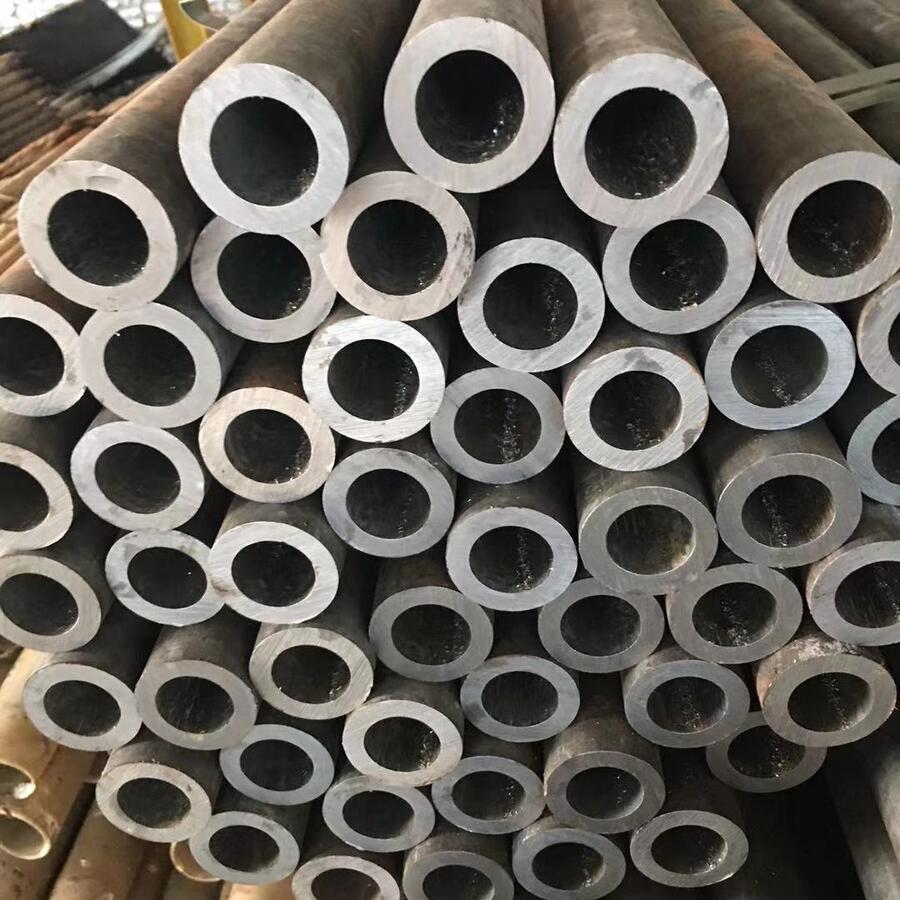Introduction aux barres, Barres d'armature, et usines de fil machine
Dans le monde de la construction et de l'industrie, barres, barres d'armature, et moulins à tige jouer un rôle crucial. Ces matériaux sont essentiels pour créer des, structures durables. Cet article approfondit les spécificités de ces composants, leurs procédés de fabrication, et les machines impliquées.
Que sont les barres et les barres d'armature?
Barres se référer à long, morceaux de métal cylindriques, généralement en acier, utilisé dans diverses applications de construction. Barres d'armature, ou des barres d'armature, sont un type spécifique de barre utilisé pour renforcer les structures en béton, offrant une résistance et une stabilité supplémentaires. L'utilisation de barres d'armature est essentielle pour garantir que le béton peut résister aux forces de traction.
Le rôle des usines de fil machine
Moulins à fil machine sont des machines spécialisées utilisées pour produire du fil machine à partir de billettes d'acier. Ces broyeurs sont conçus pour transformer efficacement les matières premières en fil machine de haute qualité., qui peut ensuite être utilisé dans diverses applications, y compris la production de barres d'armature et d'autres produits en acier.
Spécifications clés des broyeurs à fil machine
Comprendre les spécifications des laminoirs à fil machine est essentiel pour les fabricants et les ingénieurs. Vous trouverez ci-dessous un tableau détaillé présentant les paramètres des broyeurs à fil machine.:
| Paramètre | Description |
|---|---|
| Capacité de production | Jusqu'à 500,000 tonnes par an |
| Diamètre du fil machine | 5.5 mm à 16 mm |
| Type de matériau | Carbone, acier en alliage |
| Vitesse de roulement | Jusqu'à 100 MS |
| Nombre de stands | 6 à 10 se tient |
| Circuit de refroidissement | Pulvérisation d'eau et refroidissement par air |
| Système de contrôle | Automatisation basée sur PLC |
| Consommation d'énergie | Variable en fonction de la capacité |
| Dimensions hors tout | Personnalisé en fonction de la mise en page |
| Poids | Varie selon la configuration |
Processus de fabrication de barres et de barres d'armature
Le processus de fabrication de barres et barres d'armature comporte plusieurs étapes:
- Fusion: Les matières premières sont fondues dans un four.
- Fonderie: L'acier fondu est coulé en billettes.
- Roulement: Les billettes sont chauffées et roulées en barres ou barres d'armature.
- Refroidissement: Les produits finis sont refroidis à l'eau ou à l'air.
- Coupe: Les barres sont coupées aux longueurs souhaitées.
Importance du contrôle qualité
Le contrôle de la qualité est primordial dans la production de barres, barres d'armature, et moulins à tige. Les fabricants doivent respecter des normes strictes pour garantir que les produits répondent aux spécifications de l'industrie.. Cela inclut les tests de résistance à la traction, ductilité, et autres propriétés mécaniques.
Applications des barres et des barres d'armature
Les barres et les barres d'armature sont utilisées dans une variété d'applications, y compris:
- Construction de bâtiments et de ponts
- Projets d'infrastructure tels que routes et tunnels
- Fabrication de produits préfabriqués en béton
- Renforcement des fondations et des dalles
Conclusion
En conclusion, barres, barres d'armature, et moulins à tige font partie intégrante des industries de la construction et de la fabrication. Comprendre leurs spécifications, procédés de fabrication, et les applications peuvent aider les professionnels à prendre des décisions éclairées. Pour plus d'informations sur les broyeurs à fil machine de haute qualité et les équipements associés, pensez à visiter Hani Tech et MÉTALLURGIE HANI.
Lectures complémentaires
Pour ceux qui souhaitent approfondir les aspects techniques de barres, barres d'armature, et moulins à tige, de nombreuses ressources sont disponibles en ligne. S'engager dans des publications de l'industrie et assister à des salons professionnels peut fournir des informations précieuses sur les dernières technologies et tendances..




